What Is Kosher Salt?
We go deep into the mine for answers to all your kosher salt questions and more.
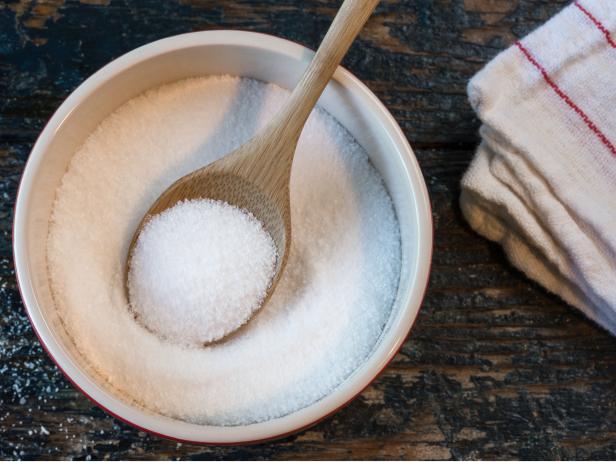
Michelle Arnold / EyeEm/Getty Images
By Fraya Berg for Food Network Kitchen
Fraya is a chef and a contributing writer at Food Network.
If you’ve cooked many of the Food Network Kitchen recipes, you've probably noticed that we call for kosher salt in most of our savory recipes. If you’ve never used it, it stands to reason that you've wondered what Kosher salt is, why it’s called kosher salt and whether it really any different from regular table salt.
What Is Kosher Salt?
Kosher salt is a pure salt that is a fairly large-grained salt, that was originally used in the process of making meat kosher. Its purpose was to pull all of the blood out of the meat going through the koshering process, so that the meat would meet the standards of the Jewish dietary laws. Over time, it became known as kosher salt everywhere, and used by everyone.
Is Salt Kosher?
Any salt, just by its nature of being a simple mineral compound is kosher. All raw vegetables and fruits are kosher and minerals are kosher: salt being mineral number one where food is concerned. So yes, salt is kosher.
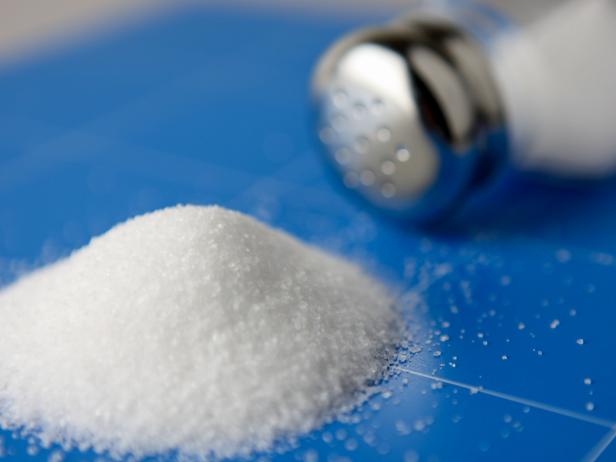
Nenov/Getty Images
What Is the Difference Between Salt and Kosher Salt?
First, we need to define salt. In our culture salt means table salt - the fine salt that’s in the saltshakers in your home and just about every restaurant you’ve ever been to. It comes in a round cardboard container with a spout.
Kosher salt is a larger grained salt, so much so that you can easily tell the difference just by sight.
How does this happen? Because salt is a crystal, there is more than one way that the crystal can form. When the sodium and chlorine atoms are packed as close together as possible, the salt is fine grained and heavy (table salt). When the crystals are more open, the salt is lighter and flakier (kosher salt).
Why does that make a difference? If a recipe calls for 1/4 cup of kosher salt, that’s about 39 grams. If you substitute 1/4 cup of fine table salt for the kosher salt, you’ll be adding about 76 grams of salt by weight — about twice what the recipe really calls for. If you substitute table salt for kosher salt, it'll taste way saltier.
To make it even more confusing, there are two major brands of kosher salt: Morton’s in a blue box and Diamond Crystal in a red box. Diamond Crystal has larger grains and is lighter than Morton’s. It’s not unusual to see a recipe that calls for 1 1/2 teaspoons of Diamond Crystal or 1 teaspoon of Morton’s - that’s how much difference there is between the two. If you ask a chef their preference, 99% of the time they’re going to recommend the red box.
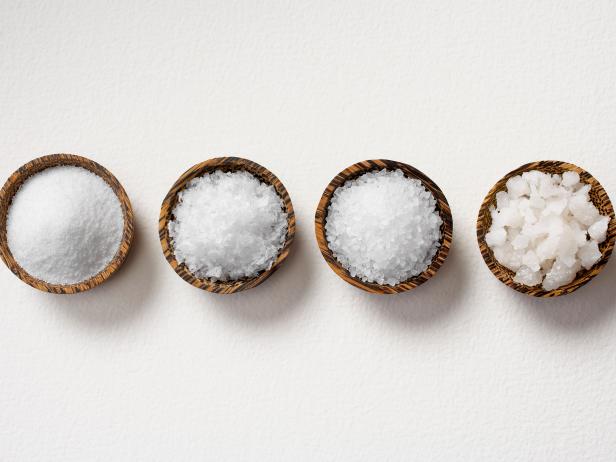
Lew Robertson, Brand X Pictures/Getty Images
What Is the Advantage of Using Kosher Salt?
One advantage of using kosher salt is that when you are sprinkling it, you can control where it goes. This is especially important when you're seasoning savory dishes, particularly meats. You can easily do a little experiment in your kitchen: grab a pinch of table salt and try to sprinkle it evenly onto a plate. It’s so fine that it’s almost slippery, and hard to control where is lands. Now try it with kosher salt and discover the difference. Table salt is often used in baking recipes where you need to measure out a precise amount of salt (the small, compact granules make this easy) but you don't need to control where the salt lands.
The other advantage is that kosher salt is pure salt, it is never iodized as table salt often is. Iodine has a slightly bitter, metallic taste. When you cook with kosher salt, you omit that flavor.

Westend61/Getty Images
Can I Substitute Sea Salt for Kosher Salt?
The makeup, size and density of sea salt is similar to that of kosher salt, so the answer is yes, you can certainly substitute sea salt for kosher salt. The difference between the two comes down to the way sea salt is harvested, and it's higher price tag: the grains are created when sea water evaporates.
There are many, many sea salts out there: each defined by where it’s from. Some are very flaky, light and white and some are very dense and grey. Most cooks who use sea salt have a very firm idea of which one they prefer - it really is a personal choice. Because sea salt is one of the most expensive types of salt, it's traditionally used as a finishing ingredient - sprinkled over a dessert, or on top of a food right before serving.
Recipes Using Kosher Salt
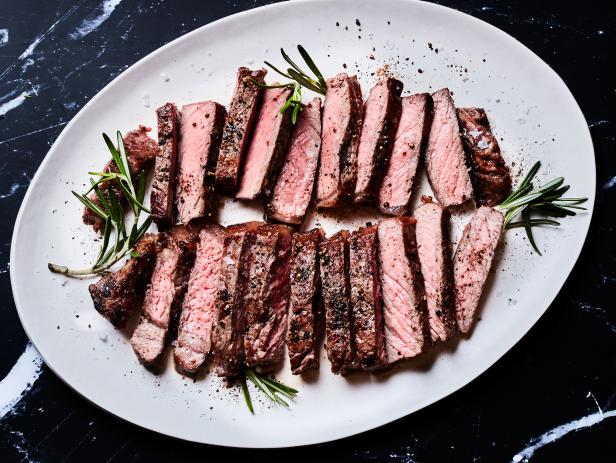
Matt
One of the best things about kosher salt and the reason chefs use it almost exclusively is that when you’re sprinkling it over steak, you can hold it between your thumb and forefinger and get an even distribution. The key to that is sprinkling from 10 to 12 inches above the meat so the salt falls like snow.

You’re getting two recipes here for the price of one - the pork roast and the vegetable cobbler. If you’ve always thought that cobblers are sweet and served for dessert, this savory recipe will open a door to new vegetable side dishes for you.

We’re not sure if it was the sweet-salty balance of popcorn, caramel and peanuts that made the original famous or the tiny toy in every box of Cracker Jack. Whichever it was, we’re awfully glad it’s still around and that we’ve come up with this “almost” recipe so you can make it at home.

Matt
Adding kosher salt as an ingredient to a recipe that also has tamari may seem counter intuitive. You use both because the tamari is for the sauce and the Kosher salt is to season the chicken just before grilling. Seasoning with salt at every step of cooking is what real seasoning is all about. If you salt just at the end, you’ll taste the salt before you taste the chicken.

Teri Lyn Fisher
This cauliflower parmesan recipe is the real deal, just like Nona would have made - if Nona had anticipated that cauliflower could stand in for any meat. It’s breaded and fried and smothered with red sauce before you sprinkle the cheese and then pop it into the oven for the melt.

Marina Malchin
You’ve probably made oven fried chicken in the past - who hasn’t? This recipe may be the crispiest ever, because using crispy rice cereal and bagel chips or melba toasts is genius.
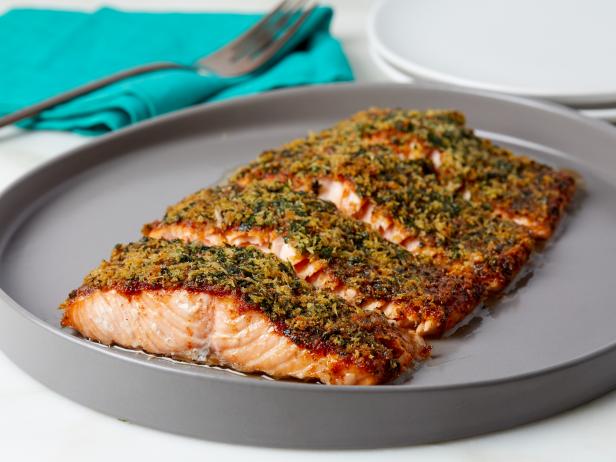
LUCY SCHAEFFER
With more than 375 reviews and an average of 5 stars, it’s no surprise this is The Best Baked Salmon. It’s got just the right balance of sweet, salt, spicy, acid flavor, and a crunchy topping that is a perfect counter to the creamy texture of the salmon. Oh, and did you notice it’s only in the oven for 15 to 18 minutes? Win-Win.
Related Links:





















































